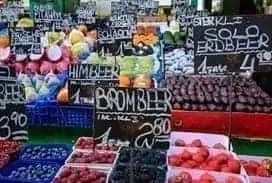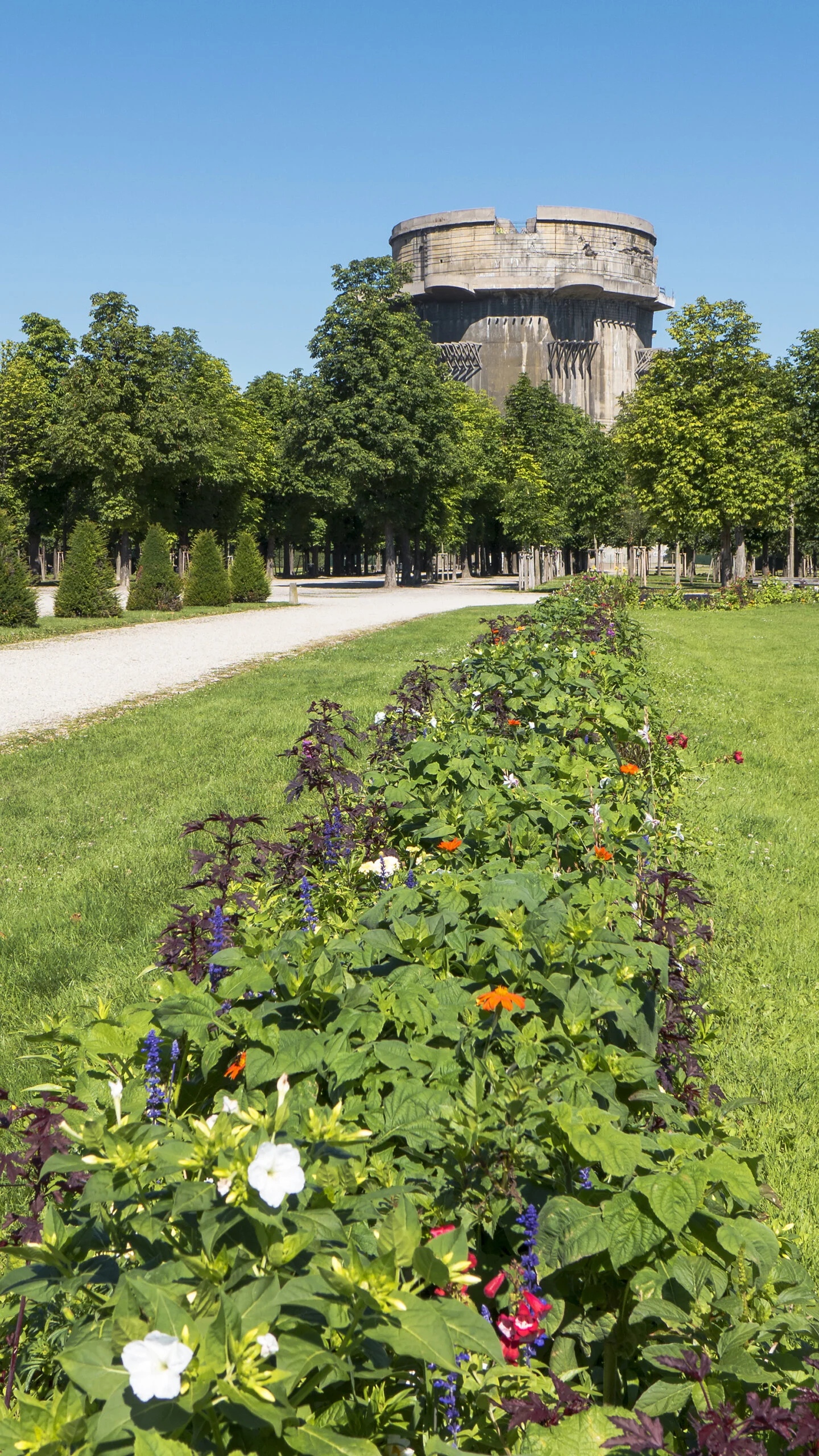How long has the Vienna Naschmarkt existed and where is it located? What was his name before? What does the Naschmarkt mean nowadays?
Food and drink from all over the world is offered at Vienna’s Naschmarkt, the largest inner-city market in Vienna, just off Karlsplatz. Grocery stores with multicultural offerings adorn one side, and the other is for eating and drinking on site. Especially in the summer it is popular to spend your lunch break here or to drop by for a drink in the evening. The pubs are usually open until midnight. Whether you’re in the mood for typical Austrian specialties, Asian, Turkish or Israeli food , with 120 market stalls , everyone will find something. The Naschmarkt, which has existed since 1774, is Vienna’s largest inner-city retail market, covering around 2.3 hectares.
Its predecessor was a fruit and vegetable market set up on the Freyung in the city. Due to ongoing disputes between the magistrate and the Schottenkloster monastery, this was relocated in 1780 to the princely Starhemberg Freyhaus, today’s Wiedner Hauptstraße – Resselgasse – Operngasse area. This former Carinthian gate market was initially known among the population as the “Aschenmarkt” .
A small dairy market had established itself on the site of a former municipal ash and manure storage area . “Asch ” was also a common name for the usual milk bucket made of ash wood. This later developed into the name Naschmarkt. As early as the beginning of the 19th century but also delicacies with a touch of faraway lands were available here, such as exotic sweets, dates and orange peels preserved in sugar. In earlier times, there were more men than women at the stalls. But later on, the “Fratschlerinnen”, the “Höcklerinnen” or the “Bolettenweiber ” took over at the Naschmarkt , becoming famous for their loose mouths and variable use of swear words.
They had well-known nicknames such as “Maschansker-Kadel”, “Krawall- Minerl “, “Wäscher-Tonerl”, “Fischkopf-Reserl“, etc. However, the “Sopherl ” became synonymous with the Naschmarkt. The Viennese feature writer Vinzenz Chiavacci wrote about the “Sopherl vom Naschmarkt” every Sunday from 1883 in his column in the “Österreichische Volkszeitung”. An elementary counterpart to the “sweet Viennese girl”: brash, gruff and snotty-nosed . That she really existed is probable, but not proven. The taxes that the so-called “Spinatwachter” had to collect from the loud and defiant women’s regiment always remained a subject of dispute. The name remained a derogatory term for the executive in Vienna, who wore green uniforms until 2005. On March 30, 1905 , the city council decided to officially namethe marketplace between the Freihaus and the Wien River “Naschmarkt “. After the Vienna River had been regulated and built over, Otto Wagner planned a magnificent boulevard for the Emperor from the Hofburg to Schönbrunn.
However, these plans fell victim to the beginning of the First World War and Otto Wagner’s death.
As a result, the market began to expand from the original area to the covered area above the Vienna River, from 13,500 m² to 36,000 m². The architect Friedrich Jäckel was awarded the contract for the construction of 57 wooden sales halls with iron bracing. He designed it in the style of Biedermeier. Today they are listed as historical monuments. The market could accommodate 50,000 people .
When it opened in 1916, 600 traders offered their wares for sale. The Naschmarkt is now a little expensive for everyday shopping, but it is still popular, especially for tasting and sampling. Time Travel Tip: Having breakfast here on Saturdays is very popular and this is also when the weekly flea market takes place.
Attention: The market is closed on Sundays ! More info: Naschmarkt – opening hours Monday to Saturday, address, offers (wien.gv.at) Image source: https:%C3%



